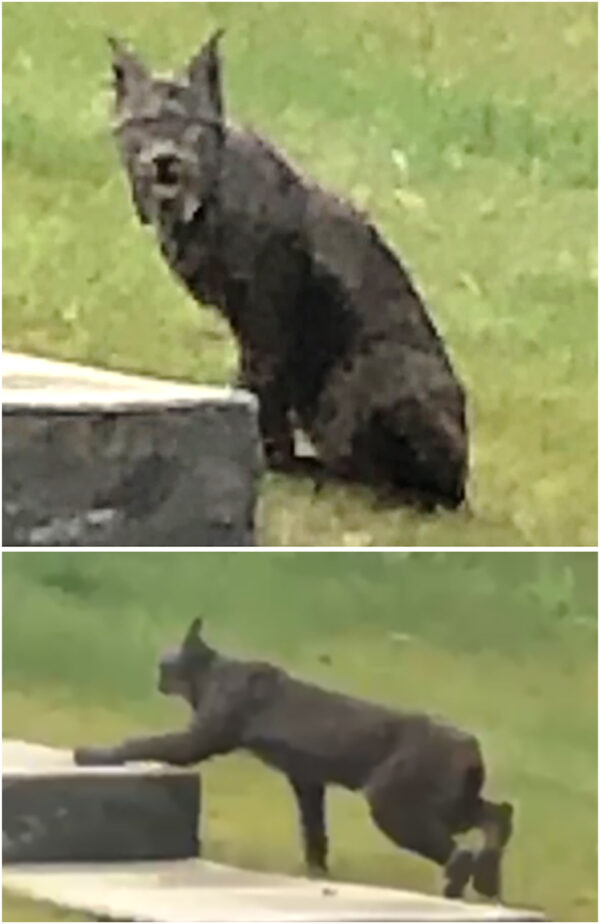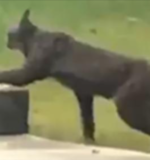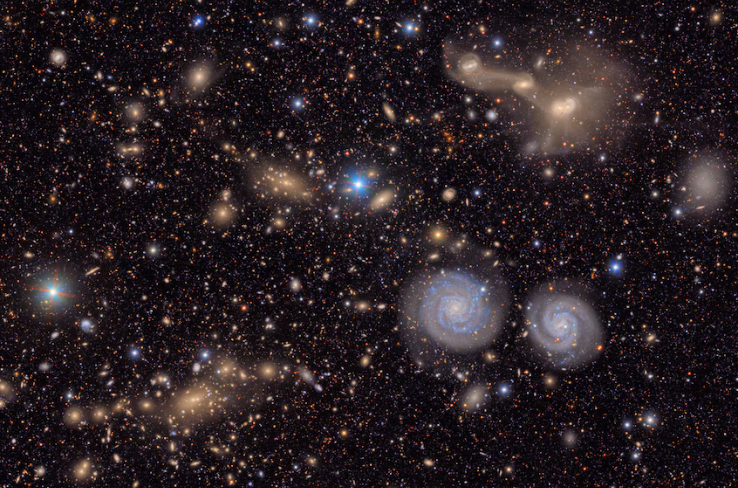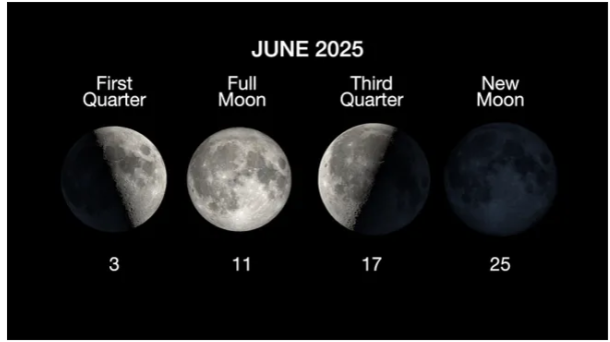Black Canada lynx are so rare they have never been captured on camera. Until now.

An extremely rare sighting of a melanistic Canada lynx (Lynx canadensis) has been captured on camera – something that has never never been done before.
Thomas Jung, a researcher at the University of Alberta, filmed the animal in a residential area in the Yukon, Canada, using his smartphone. The lynx appeared to behave calmly, despite the noise of human activities and the sound of a dog barking nearby.
The experts who have studied the footage confirmed it is a Canadian lynx, and not a bobcat (Lynx rufus). “It had a black coat containing whitish gray guard hairs throughout, as well as whitish gray hairs in the facial ruff and the rostrum and dorsal regions,” Jung said in a statement.
Melanism – an increase in the body’s production of melanin, the pigment responsible for color – is relatively common among cats, with about a third of all felid species reported to have a melanistic polymorph. Black panthers, for example, are just melanistic leopards or jaguars. These kinds of genetic mutations can either be beneficial to the animal (adaptive) or have a negative effect (maladaptive).
Color polymorphisms in the genus Lynx has only been observed a few times. The adaptive significance of melanism in lynx is unknown, but the loss of camouflage when hunting during winter is likely maladaptive, according to Jung. This means that the dark coat could put the animal at a disadvantage when hunting hares against a snowy landscape. Snowshoe hares (Lepus americanus) are the staple food for Canada lynx living in the northern section of their range that stretches mainly across Canada and Alaska, bordering some northern US states.








 Photographer Finds Locations Of 1960s Postcards To See How They Look Today, And The Difference Is Unbelievable
Photographer Finds Locations Of 1960s Postcards To See How They Look Today, And The Difference Is Unbelievable  Hij zet 3 IKEA kastjes tegen elkaar aan en maakt dit voor zijn vrouw…Wat een gaaf resultaat!!
Hij zet 3 IKEA kastjes tegen elkaar aan en maakt dit voor zijn vrouw…Wat een gaaf resultaat!!  Scientists Discover 512-Year-Old Shark, Which Would Be The Oldest Living Vertebrate On The Planet
Scientists Discover 512-Year-Old Shark, Which Would Be The Oldest Living Vertebrate On The Planet  Hus til salg er kun 22 kvadratmeter – men vent til du ser det indvendigt
Hus til salg er kun 22 kvadratmeter – men vent til du ser det indvendigt  Superknepet – så blir snuskiga ugnsformen som ny igen!
Superknepet – så blir snuskiga ugnsformen som ny igen!  Meteorite That Recently Fell in Somalia Turns Out to Contain Two Minerals Never Before Seen on Earth
Meteorite That Recently Fell in Somalia Turns Out to Contain Two Minerals Never Before Seen on Earth  Nearly Frozen Waves Captured On Camera By Nantucket Photographer
Nearly Frozen Waves Captured On Camera By Nantucket Photographer  It’s Official: Astronomers Have Discovered another Earth
It’s Official: Astronomers Have Discovered another Earth 
bf4e5g
gjiquy
og43pt